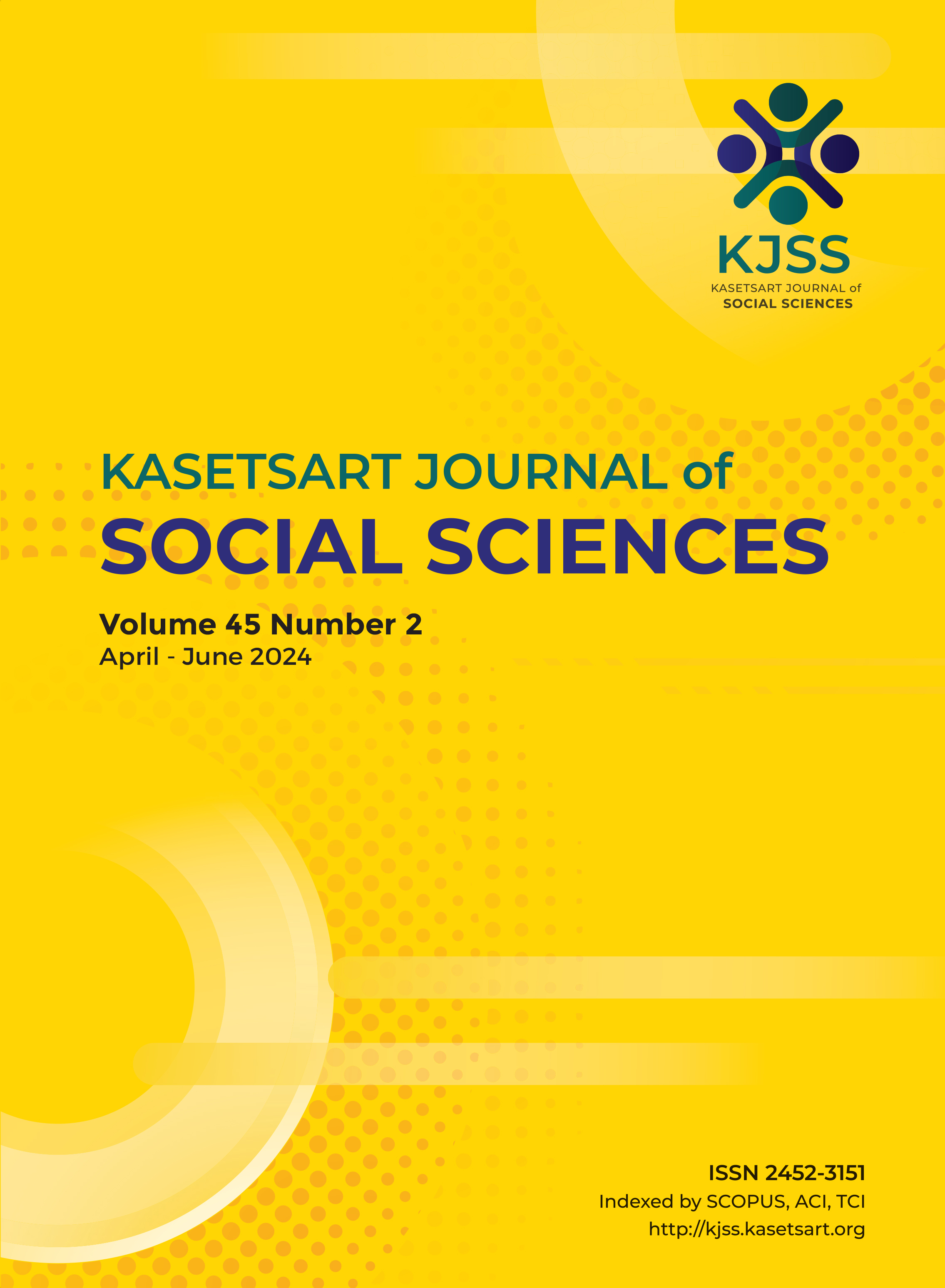Pilot study of the home observation for measurement of the environment for Infant/toddlers (IT-HOME) in Thailand
Keywords:
demographic comparison, home environment, rural, socio-economic status, urbanAbstract
An extensive literature documents the importance of the home environment for child development. However, only one previous study in 2003 reported the use of the Infant/Toddler HOME (IT-HOME) with rural children in Thailand. The study of the IT-HOME with extended socioeconomic groups would benefit researchers to assess child home environment systematically and relevantly for the Thai culture. In this study, psychologists administered the Thai-translated IT-HOME to a convenience sample of 89 dyads of caregivers and children, 12–35 months, from Urban/High SES (N = 30), Urban/Low SES (N = 30), and Rural/Low SES (N = 29) groups in Thailand. The internal consistency of the overall Thai-translated IT-HOME was .82. The high percent “yes” response of each item across all groups showed that all items were relevant to Thai families and culture. Among the Thai samples, the IT-HOME score of Urban/High was significantly higher than both Urban/Low and Rural/ Low. Interestingly, Rural/Low had significantly higher scores than Urban/ Low in the total score and some content domains. The overall results for the Thai participants were similar to a 1997-US sample from Washington State, but were significantly higher than the 1972-US normative data and previous 2003-rural data from northeastern Thailand. Our study suggests that the Thai-translated IT-HOME is culturally appropriate for Thai children and families. Therefore, the use of the Thai-translated IT-HOME is recommended for the standard assessment of overall quality of home environment for children in Thailand.
Downloads
Published
How to Cite
Issue
Section
License
Copyright (c) 2024 Kasetsart UniversityThis is an open access article under the CC BY-NC-ND license http://creativecommons.org/licenses/by-nc-nd/4.0/










